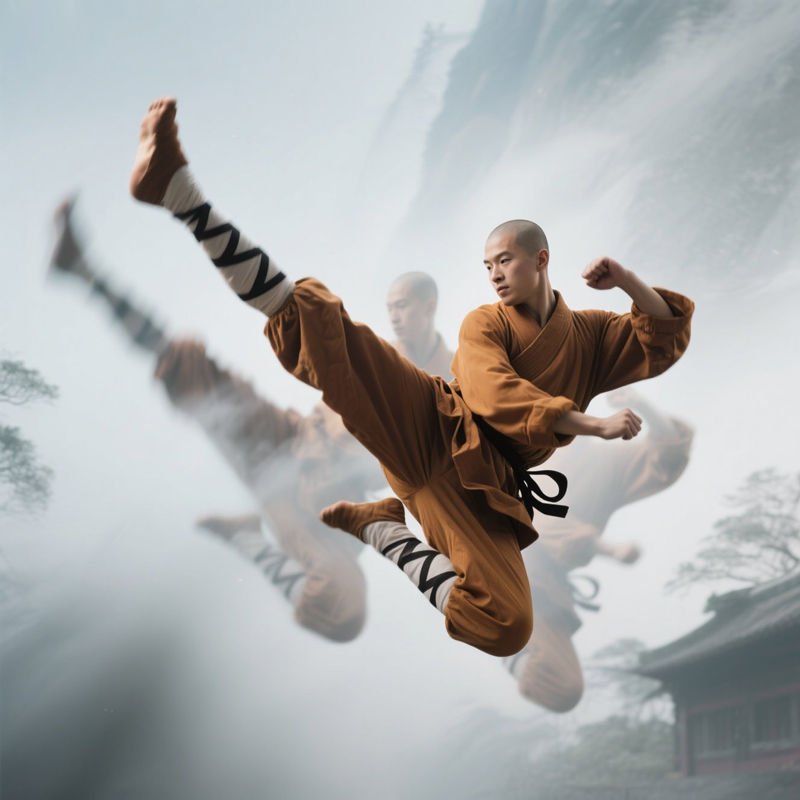Origins & History: Temple Roots vs. Revolutionary Refinement
Shaolin Kung Fu: Embodies the legendary Shaolin Temple tradition. Its history stretches back over 1500 years, intertwined with Buddhist monks seeking physical discipline for meditation and self-defense. Shaolin is often seen as the wellspring of many external Chinese martial arts (Wai Jia). It evolved through centuries, incorporating diverse influences, and is famed for its acrobatic kung fu forms, dynamic kicks, powerful strikes, and diverse weaponry (Shaolin staff, sword). It emphasizes building tremendous physical power, flexibility, and endurance.
Wing Chun Kung Fu: Emerged much later, roughly 300 years ago, during the Qing Dynasty. Folklore credits the Buddhist nun Ng Mui as its creator, designed as a more efficient system to defeat stronger opponents quickly. It was famously refined and passed down by Yip Man, who taught Bruce Lee. Wing Chun is considered a prime example of internal martial arts (Nei Jia) principles applied practically. It arose from a need for effective, close-quarters combat, prioritizing efficiency over spectacle.

Core Philosophy & Approach: External Power vs. Internal Efficiency
Shaolin Philosophy: Focuses on external strength, physical conditioning, and mastering a wide repertoire of techniques. Training often involves rigorous physical exercises, lengthy forms (taolu) mimicking animal movements (tiger, crane, leopard, etc.), and developing explosive power, speed, and flexibility. The mindset is often about overcoming an opponent through superior athleticism, technique range, and sometimes, overwhelming force. It embodies the concept of "Hardness" (Gang).
Wing Chun Philosophy: Centers on conceptual understanding, relaxation, sensitivity, and economy of motion. Its core tenets include:
Centerline Theory: Dominating and attacking the opponent's vertical centerline for maximum effect and defense.
Simultaneous Attack & Defense: Blocking and striking in the same motion.
Sticky Hands (Chi Sao): Unique sensitivity drills to develop reflexes, read intentions, and control the opponent's arms at close range.
Efficiency: Using minimal movement for maximum effect, redirecting force rather than meeting it head-on. It embodies "Softness overcoming Hardness" (Rou Ke Gang).
Techniques & Training Methods: Forms vs. Principles, Range vs. Infighting
Shaolin Techniques & Training:
Wide Range of Techniques: Includes high and jumping kicks, long-range punches, sweeps, throws, complex evasions, and extensive weapons training.
Forms (Taolu): Extensive practice of elaborate, pre-arranged sequences is central. These forms build coordination, strength, stamina, and teach technique applications (often indirectly).
Physical Conditioning: Heavy emphasis on building strength, flexibility (splits, high kicks), and cardiovascular endurance. Training can be very physically demanding.
Range: Effective at medium to long range, utilizing kicks and mobility.
Wing Chun Techniques & Training:
Focused Arsenal: Relies on a smaller core of highly refined techniques: straight punches (Chain Punches), palm strikes, low kicks (kicks to knees/thighs), elbow strikes, and specific trapping/controlling movements.
Drills Over Forms: While it has forms (Siu Nim Tao, Chum Kiu, Biu Jee, Wooden Dummy), their purpose is to ingrain structure, energy, and principles. Chi Sao (Sticky Hands) is the cornerstone training method for developing reflexes, sensitivity, and understanding distance/timing in a dynamic, alive context.
Structure & Relaxation: Emphasizes correct body structure for power generation and defense, and relaxation for speed and sensitivity.
Range: Specializes in close-quarters combat (trapping range). It seeks to close the distance rapidly against longer-range attackers.
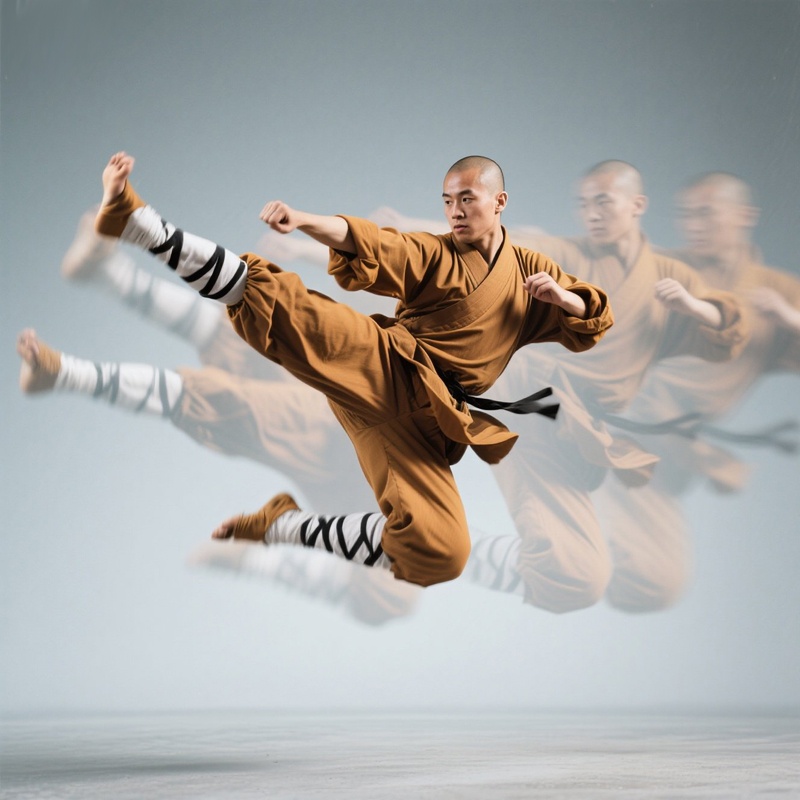
Practical Applications: Performance vs. Directness
Shaolin Application: Techniques can be highly effective in combat, especially with dedicated sparring application. However, its lengthy forms and acrobatic elements also lend themselves strongly to performance and demonstration. It develops well-rounded athleticism.
Wing Chun Application: Designed explicitly for practical self-defense in confined spaces. Its directness, focus on the centerline, and economy of motion aim for rapid neutralization of threats. Effectiveness relies heavily on pressure testing through Chi Sao and sparring to apply its principles under stress.
Which Style is Right For You? Goals Define the Path
Choose Shaolin Kung Fu if you:
Seek a deep connection to ancient martial traditions and history.
Desire rigorous physical conditioning, flexibility, and athleticism.
Enjoy learning complex forms and diverse techniques (including weapons).
Are interested in the performance and cultural demonstration aspect.
Appreciate dynamic, long-range fighting strategies.
Choose Wing Chun Kung Fu if you:
Prioritize practical, efficient self-defense for close-range encounters.
Value conceptual understanding and principles over rote memorization.
Are interested in developing sensitivity, reflexes, and relaxation under pressure.
Prefer a system with a smaller core curriculum focused intensely on key skills.
Seek a martial art suitable for practitioners of various sizes and strengths.
Conclusion: Complementary Pillars of Wushu
Shaolin Kung Fu and Wing Chun Kung Fu are not adversaries, but complementary expressions of the rich tapestry of Chinese martial arts. Shaolin represents the grandeur, diversity, and external power cultivated over millennia. Wing Chun embodies the refinement, efficiency, and internal principles developed for direct, practical application. Whether drawn to the sweeping forms and athleticism of Shaolin or the close-range sensitivity and directness of Wing Chun, both offer profound paths to physical mastery, mental discipline, and a deep connection to Chinese martial heritage. Understanding their distinct philosophies, histories, and methods is key to appreciating the true depth and versatility of traditional Kung Fu. The best choice ultimately depends on your individual goals, temperament, and what you seek to cultivate within yourself through martial practice.
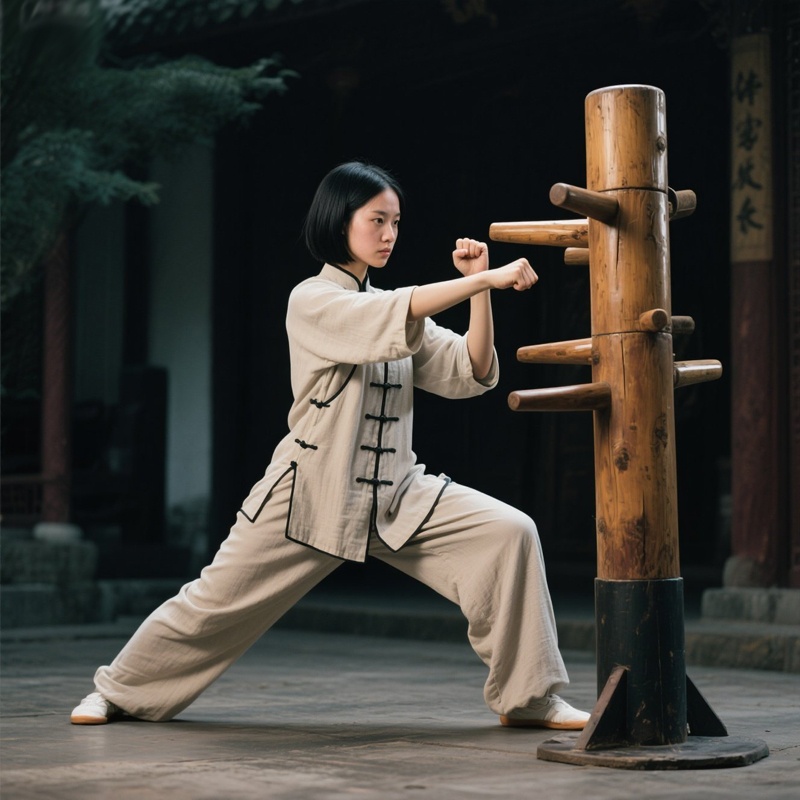
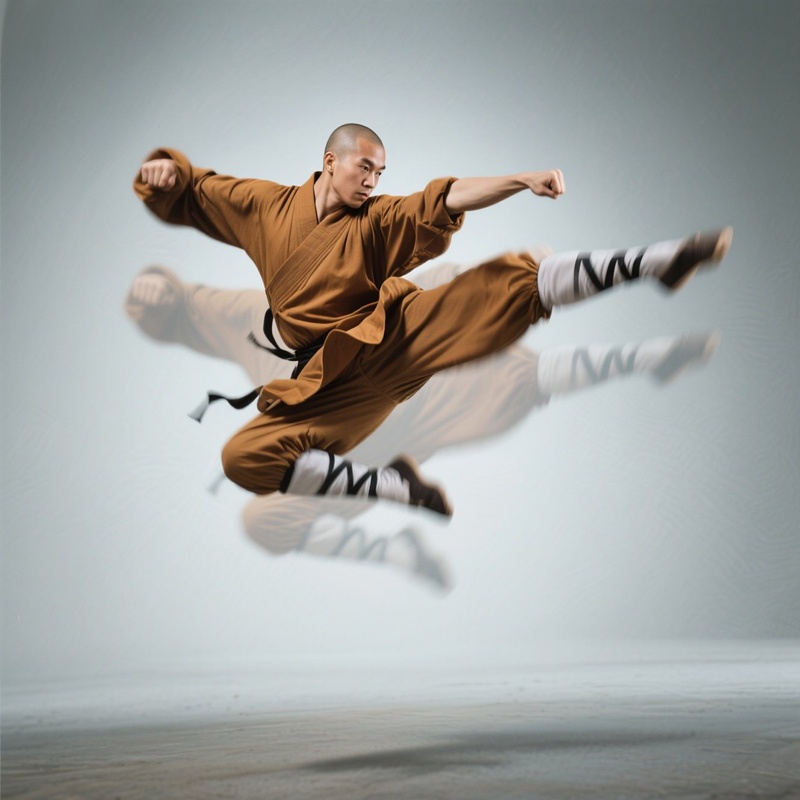

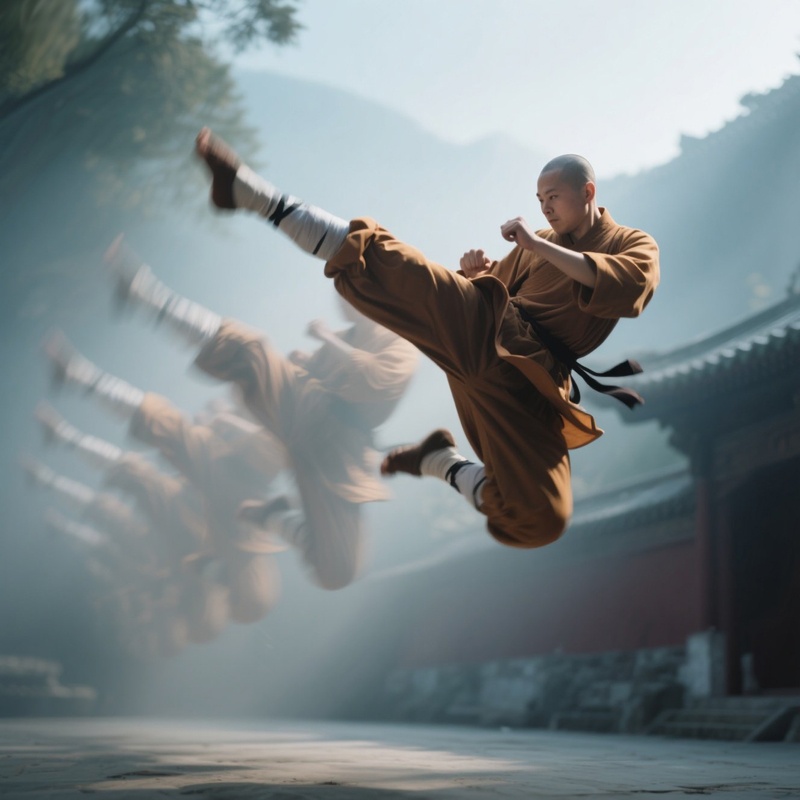
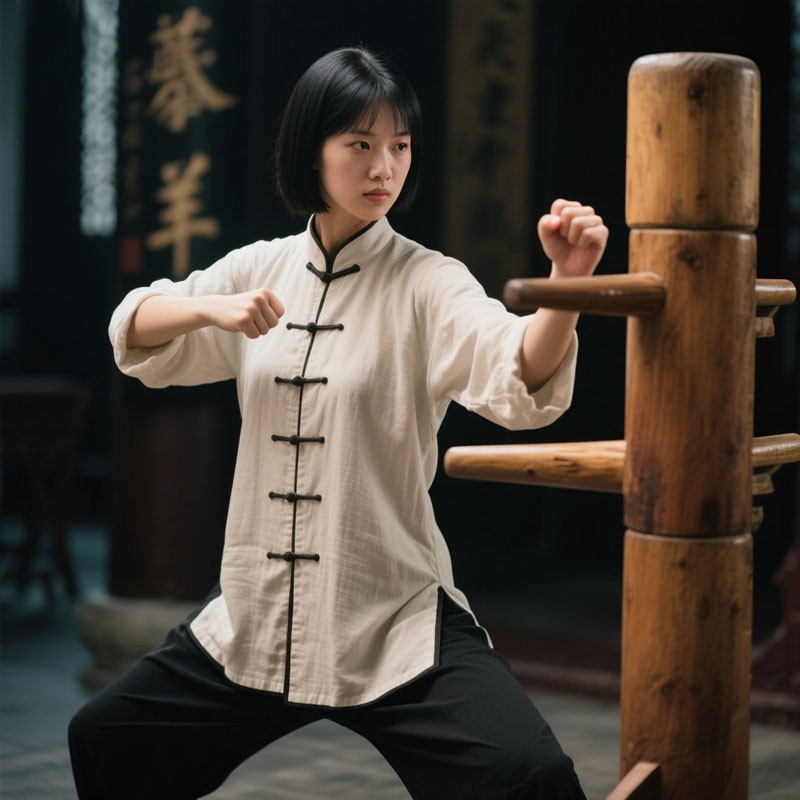
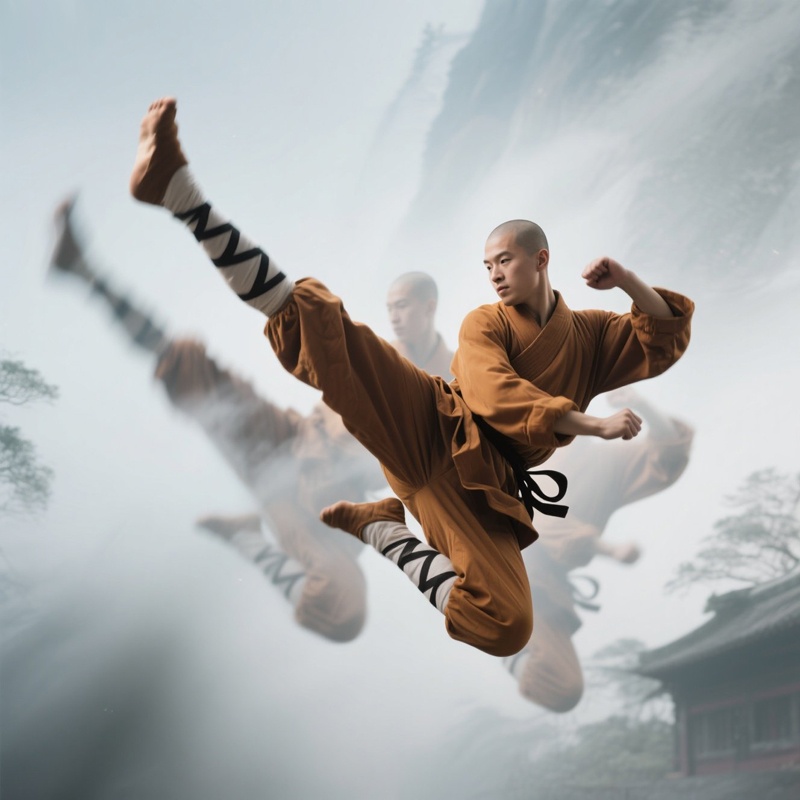
Shaolin Kung Fu (PDF)
 Shaolin Kung Fu (1).pdf
Shaolin Kung Fu (1).pdf
 Shaolin Kung Fu (2).pdf
Shaolin Kung Fu (2).pdf
 Shaolin Kung Fu (3).pdf
Shaolin Kung Fu (3).pdf
 Shaolin Kung Fu (4).pdf
Shaolin Kung Fu (4).pdf
 Shaolin Kung Fu (5).pdf
Shaolin Kung Fu (5).pdf
 Shaolin Kung Fu (6).pdf
Shaolin Kung Fu (6).pdf
 Shaolin Kung Fu (7).pdf
Shaolin Kung Fu (7).pdf
 Shaolin Kung Fu (8).pdf
Shaolin Kung Fu (8).pdf

